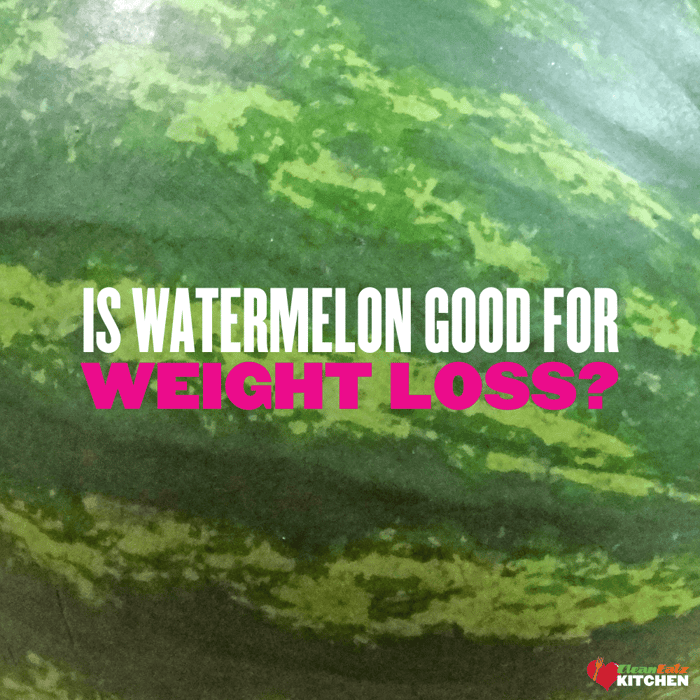Is Yoga Good For Weight Loss?

Ellie Lopez, LDN, MS
Weight Loss
|
Healthy Lifestyle
11/14/2025 4:47am
6 minute read
Yoga has been practiced for centuries, long before the modern wellness boom. Today, more than 300 million people around the world roll out their mats to improve strength, flexibility, and mental balance. But one question often comes up: is yoga good for weight loss? Compared to cardio or strength training, yoga seems gentle — but research shows that it can still support weight management in several powerful ways.
Key Takeaways
Yes, yoga can help with weight loss — both directly (through calorie burn and muscle engagement) and indirectly (through stress reduction, mindfulness, and better sleep).
The most effective styles for weight loss include Vinyasa, Ashtanga, Power, and Hot Yoga.
Practicing 3–5 sessions per week, paired with a balanced meal plan, leads to the best results.
Beyond the scale, yoga supports mental balance, hormonal health, and long-term habit change.
What Does the Science Say?
Research suggests that yoga can indeed support weight loss, though the results depend on how often and what type of yoga you practice. Unlike high-intensity workouts, yoga works more subtly — combining physical movement, mindfulness, and breath control to influence both body and mind.
A large review of 30 trials involving more than 2,000 participants found that yoga led to modest but meaningful reductions in BMI among adults with overweight or obesity, particularly when practiced regularly (Cramer et al., 2016, Preventive Medicine). Another meta-analysis including 15 studies and over 1,100 participants reported significant decreases in body weight and waist circumference, especially when yoga was combined with other healthy lifestyle habits (Rosediani et al., 2024).
In short, while yoga may not burn as many calories as more intense exercise, its holistic influence on metabolism, hormones, and behavior makes it a powerful and sustainable ally in long-term weight management.
Is Yoga Good for Weight Loss?
Short answer: yes—and here’s why. Yoga supports weight loss through a mix of direct (physical) and indirect (lifestyle and hormonal) effects that add up over time.
Direct Effects
Calorie burn: Dynamic styles like Vinyasa, Ashtanga, and Power Yoga elevate heart rate and can burn roughly 200–500 calories per hour, depending on pace and experience.
Muscle tone: Weight-bearing poses (planks, warriors, chair) build lean muscle, which helps raise resting metabolic rate and improves body composition.
Indirect Effects
Mindfulness & self-awareness: Yoga improves attunement to hunger/fullness cues and helps curb emotional eating.
Stress management: Lower cortisol means fewer cravings and less stress-related fat storage.
Better sleep: Quality sleep supports key hormones (leptin, ghrelin, insulin) and recovery—both crucial for weight control.
Healthier habits: Regular practice often nudges cleaner food choices and long-term consistency.
Put together, these mechanisms explain why “is yoga good for weight loss” has a real, evidence-based yes: yoga reshapes not only your body but also your mindset and daily habits—making results more sustainable.
Best Types of Yoga for Weight Loss
If your goal is to lose weight, try incorporating more active styles:
| Yoga Style | Intensity | Key Benefits for Weight Loss |
|---|---|---|
| Vinyasa Yoga | Moderate-High | Continuous movement, boosts heart rate, burns calories |
| Ashtanga Yoga | High | Builds strength, endurance, and discipline |
| Power Yoga | High | Dynamic and athletic, ideal for fitness goals |
| Hot Yoga (Bikram) | High | Increases energy expenditure and flexibility |
| Hatha or Yin Yoga | Low-Moderate | Supports recovery, mindfulness, and hormonal balance |
For beginners, start with Hatha Yoga to build foundation and mobility, then progress to more dynamic styles as endurance improves.
How Often Should You Do Yoga for Weight Loss
For realistic results, practice 3 to 5 times per week, alternating between intense and restorative sessions.
If you’re doing Vinyasa or Power Yoga, include rest or gentle sessions (like Yin or Hatha) to support recovery and reduce injury risk.
Pair your yoga practice with a balanced, nutrient-dense meal plan — such as Clean Eatz Kitchen’s calorie-controlled options — to amplify results and support muscle recovery.
Practical Tips to Make Yoga Part of Your Weight Loss Journey
Start small – Begin with 20–30 minutes a day; consistency matters more than duration.
Set achievable goals – Focus on progress, not perfection.
Mix it up – Alternate between flow, strength, and restorative styles.
Eat mindfully – Pair your yoga routine with balanced, whole-food meals.
Stay hydrated – Especially during hot or vigorous sessions.
Track progress – Note energy, mood, sleep, and weight trends weekly.
When practiced consistently, yoga becomes more than a workout — it’s a mindset that transforms how you move, eat, and live.
Final Thoughts
So, is yoga good for weight loss? Absolutely — but its real power lies in how it transforms your relationship with your body. Yoga burns calories, tones muscles, regulates hormones, reduces stress, and promotes mindfulness — all essential factors for long-term weight balance and well-being.
By making yoga a consistent part of your week and combining it with nourishing, balanced meals, you create a sustainable path toward better health, energy, and confidence. Stay patient, stay mindful, and remember: every breath and every pose brings you closer to a stronger, lighter, and more centered version of yourself.
FAQ
Is yoga good for losing belly fat?
Yes — but indirectly. Yoga helps reduce overall body fat through improved metabolism, calorie expenditure, and hormonal balance. It doesn’t target fat loss in one specific area, but consistent practice contributes to a leaner core and better posture over time.
Is 30 minutes of yoga a day enough to lose weight?
Yes, especially when paired with mindful eating and a balanced meal plan. Even 30 minutes of moderate to vigorous yoga can enhance muscle tone, lower stress hormones, and improve body composition — key factors in sustainable weight loss.
Which type of yoga is best for weight loss?
Vinyasa, Ashtanga, and Power Yoga are the most effective for calorie burn and cardiovascular activation. Hatha and Yin Yoga, while gentler, support stress relief, consistency, and recovery — which are equally important for maintaining results.
Can yoga replace the gym for weight loss?
It depends on your goals. Yoga alone can moderately support weight reduction and improve metabolic health, but combining it with strength or cardio training often accelerates results. Overall, scientific evidence confirms that is yoga good for weight loss — yes, when practiced consistently and integrated into a balanced lifestyle.
This content is for educational purposes only and does not replace personalized professional advice.
Related Articles
Is Watermelon Good for Weight Loss? Calories, GI & Tips
3 minute read
How To Make Lemon Water for Weight Loss
11 minute read
Is Tuna Good For Weight Loss?
27 minute read



